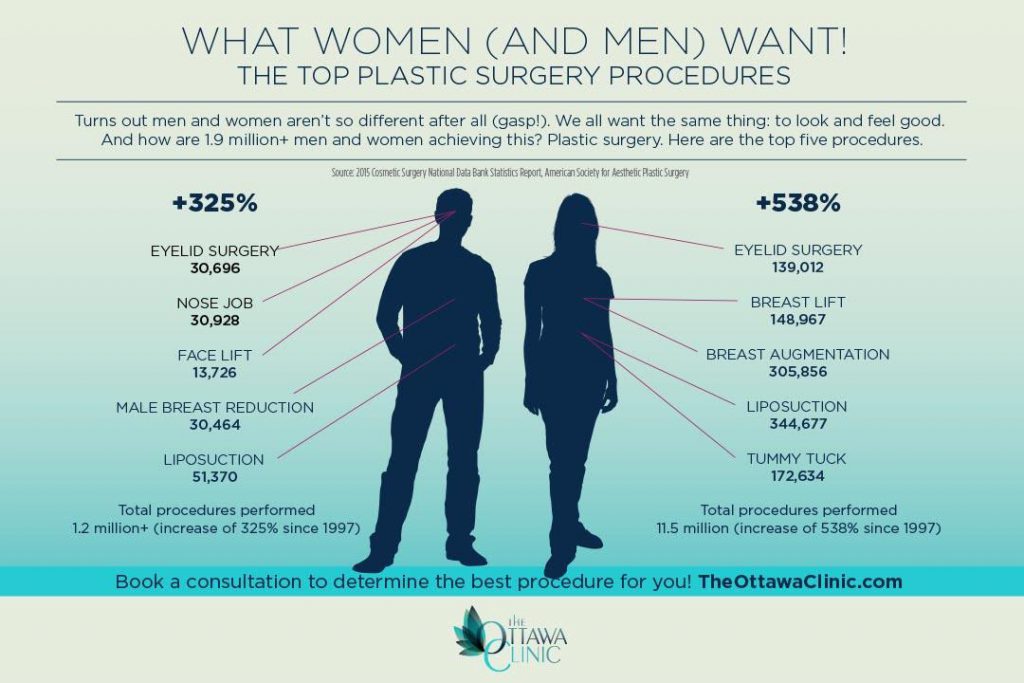Journaling To Track Acne Triggers
Journaling To Track Acne Triggers
Blog Article
Acne Scars and Post-Acne Treatment
Acne marks and dark marks can continue to be even after the blemish itself has removed. However there are lots of all-natural, non-prescription and clinical therapies that can lower their look.
Ice pick scars are small imprints that look like pinpricks; rolling marks have a wave-like look and shallow depth; boxcar scars have clear sides; hypertrophic scars are raised bumps. Treatments consist of skin needling, where your physician rolls a needle-studded device over the skin; and medical excision, when a health care professional cuts out deep marks.
1. Exfoliate
Acne marks fade best when they aren't covered with dead skin cells. Exfoliation eliminates the buildup and permits fresh skin cells to find to the surface. It additionally makes acne scars much less obvious.
A dermatologist can advise exfoliation approaches for your certain skin type. Dry skin might benefit from peeling with scrubs or other mechanical techniques, while oily skin might need a chemical peel. Those with darker skin tones require to be careful using more powerful chemical therapies, as they can cause dark areas and level of sensitivity.
If you have acne marks, prevent choosing or squeezing at them, which can make them even worse. Inflammation triggered by irritability raises the opportunity of scarring. Selecting can leave ice-pick scars, which are narrow imprints with a factor at the end. You can also get boxcar scars, which are imprints with bigger edges. You can also establish hypertrophic or keloid marks. These are elevated bumps of mark tissue that can be itchy and uncomfortable.
2. Hydrate
After finishing your acne treatment, keeping skin clear and healthy needs a regular skin care routine that safeguards from breakouts and minimizes post-acne marks. This consists of a mild cleanser and cream, non-comedogenic products that don't clog pores, and preventing foods that irritate skin or trigger acne flare-ups.
Utilizing a light-weight, non-comedogenic cream with active ingredients like hyaluronic acid and glycerin can aid moisturize skin while also improving skin structure and advertising healing. Look for a product that is formulated without fragrance or parabens.
A product that targets remaining acne marks with components such as skin-brightening tranexamic acid and bakuchiol can enhance dark areas or unequal tone triggered by swelling. It carefully resurfaces the skin while smoothing harsh and distinctive locations. An item that integrates a retinoid and a plant-based retinol option can likewise enhance the look of much deeper scars while at the same time targeting existing acnes and stopping future breakouts.
3. Cover
When your acne scars heal, you can hide them with makeup and a concealer. Just make sure you're only using the item over marks that are completely healed (not fresh ones), states Sotomayor. Then, finish your look with a bold lip shade or declaration great smoky eye shadow for maximum impact.
When it comes to choosing a structure or tinted moisturizer, it is very important to choose one that is noncomedogenic and oil-free. This will help keep your skin clear and prevent the obstructing of pores that can bring about brand-new outbreaks.
The exact same opts for selecting a concealer. Look for a formula that offers complete protection however still feels lightweight and blendable on the skin. Additionally, when hiding impressions exosomes injection skin beverly hills from acne marks, it's a great idea to locate a shade that matches your natural skin tone (as opposed to a color lighter or darker). This will help hide the indents better. This nourishing balm is an excellent alternative for lightening up and lightening post-inflammatory hyperpigmentation, which can be caused by acne or various other inflammatory skin disease. It includes hydrating panthenol, softening shea butter and reinforcing peptides that minimize inflammation and scaly appearance.
4. See Your Skin specialist
The scars that create from extreme acne commonly require treatment by a medical professional or skin specialist. Before that can take place, however, an individual should have their acne under control. This consists of not choosing or squeezing acne places, and utilizing gentle cleansers and water-based non-comedogenic products that will not block pores.
If drugstore cleansers and area treatments aren't removing your skin, routine an appointment with a skin doctor. The dermatologist can advise various other treatments that aid clear your skin without drying it out or irritating it.
A skin doctor can also deal with other sort of post-acne marks, including dark places that are a kind of hyperpigmentation called PIH (post-inflammatory hyperpigmentation). A topical retinoid like adapalene can noticeably lighten these marks and fade them quickly. For various other types of scars, the doctor can suggest an extra intensive therapy. This could consist of microdermabrasion or chemical peels that are done right in the workplace. Depending on the intensity of your marks, these treatments might need to be duplicated.